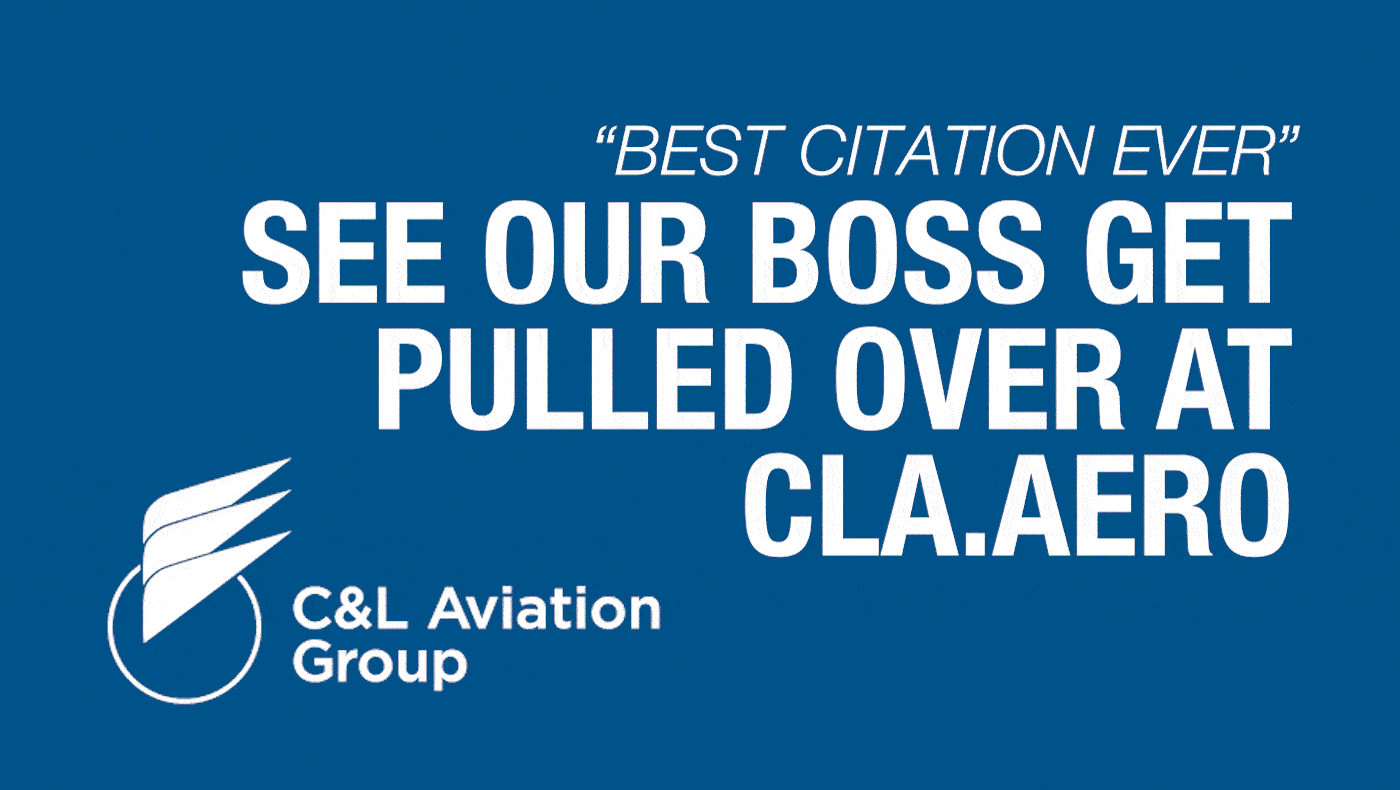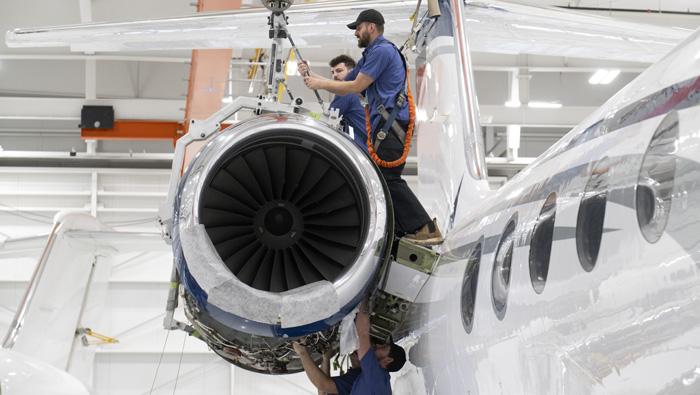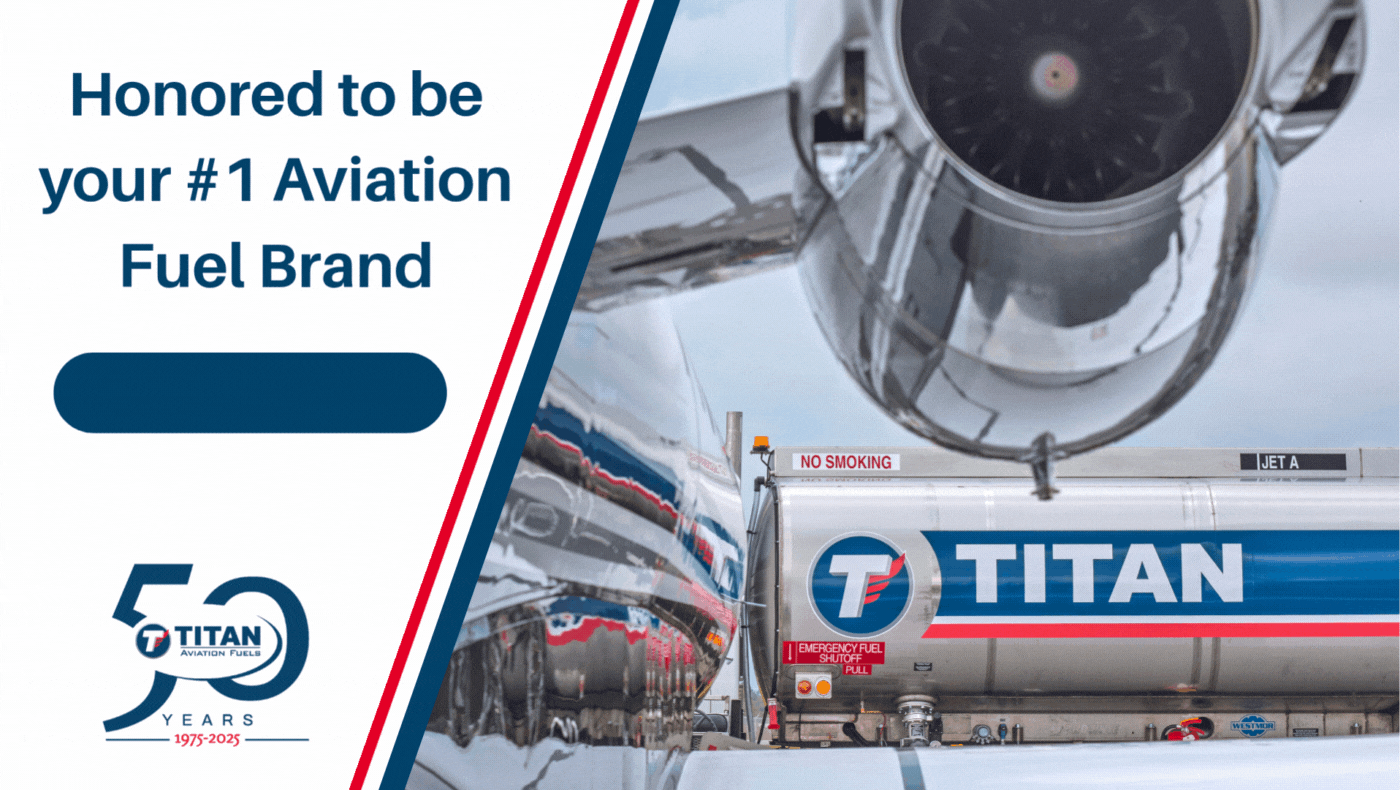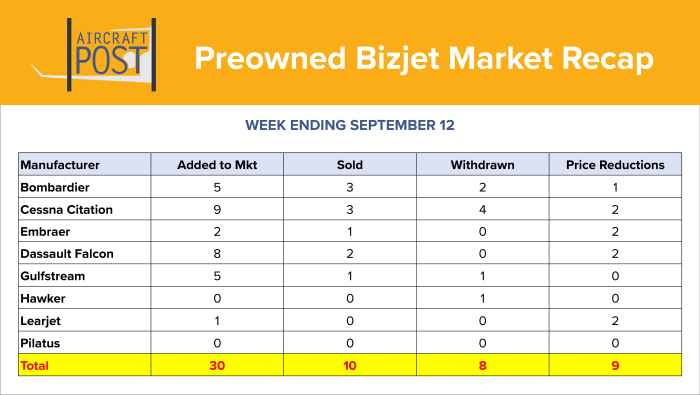|
The U.S. House of Representatives has passed the Mental Health in Aviation Act of 2025 (H.R. 2591), a bipartisan bill intended to modernize FAA medical certification rules and improve pilot access to mental health care. The legislation now advances to the U.S. Senate for consideration. Introduced by Reps. Sean Casten (D-Illinois) and Pete Stauber (R-Minnesota), the legislation requires the FAA to revise disclosure regulations, encourage voluntary reporting, expand treatment options, and conduct annual reviews of the special issuance aeromedical certification process. It also calls for a multi-year public information campaign to reduce stigma, raise awareness of services, and build trust with pilots and air traffic controllers. The measure authorizes nearly $14 million annually through 2028 to recruit and train more aviation medical examiners, including psychiatrists, and permits the FAA to spend close to $40 million over three years on programs designed to destigmatize mental health care and implement recommendations from the FAA’s 2024 Mental Health and Aviation Medical Clearances Rulemaking Committee. “For too long, pilots have lived with the fear of seeking treatment for a mental health concern,” said AOPA president and CEO Darren Pleasance. Likewise, NBAA president and CEO Ed Bolen emphasized that “it is vital that we foster an environment where pilots can seek help without fear of professional repercussions while also enhancing the safety of the traveling public.” |
|
|
The act of buying a private jet is a momentous activity typically reserved for aircraft operators, corporations, or ultra-high-net-worth individuals. However, for the latter, they may have more options at their disposal than the others do when it comes to making the purchase. Starting with investable assets of at least $30 million, the ultra-high-net-worth (UHNW) individual, company, or family represents the top 1% (or higher) level of wealth globally. They likely have a significant capacity to buy a private jet, and are a much larger group of purchasers than billionaires. UHNW individuals often have friends who are captains of industry, philanthropic leaders, and celebrities who, like them, have access to—or own—private aircraft. While not universal, those with UHNW may have access to investment opportunities that are not available to the general public. As investors, UHNW individuals tend to diversify their holdings in cross-border stock and bond markets, luxury real estate, private equity, commodities, private credit, art, and other collectibles. For the UHNW individual, a jet is a bespoke personal asset they can utilize effectively for business or pleasure on demand, in privacy (with challenges), luxury, and exclusivity, a world away from the long lines at commercial airports. Like all private jet travelers, the aircraft for the UHNW person becomes a personal time machine, offering a way to capture the one precious commodity they cannot buy—time. |
|
|
The Air Charter Expo (ACE) held at London Biggin Hill Airport on Tuesday logged record participation numbers, according to The Air Charter Association, which organizes the annual event. On Friday, the group reported that more than 2,000 trade visitors were received by more than 100 exhibiting companies. The ACE static display was split between a large hangar and an adjoining ramp area with more than 20 aircraft on show, including a Dassault Falcon 8X, an Embraer Praetor 600, an Embraer ERJ-135LR, a Bombardier Challenger 604, and a Cessna Grand Caravan EX. Among the exhibitors, Serbia-based business aviation services group Prince Aviation was making its ACE debut. Active in the charter and maintenance, repair, and overhaul sectors, the company displayed a Cessna Citation XLS+ jet. The ACE agenda included conference sessions in which air charter industry leaders debated the current state of the industry. Topics included new regulations, as well as increasing numbers of charter brokers and the impact this trend is having on the competitive environment among aircraft owners and operators. “Air Charter Expo is a flagship event in the aviation calendar that consistently delivers in showcasing the best of the air charter industry,” commented Glenn Hogben, CEO of The Air Charter Association. “The show continues to develop year upon year, and we are delighted to set another record for the number of attendees and exhibitors at ACE 2025.” |
|
|
The FAA has issued a flight advisory that establishes temporary restricted areas for most non-commercial aircraft and UAS operations at or near some New York area airports during the upcoming UN General Assembly gathering in Manhattan. While the UN meeting runs from September 23 to 27, the restrictions will be in effect from September 21 to 27. Separate restrictions apply to flights in the vicinity of the East River, Manhattan, John F. Kennedy International Airport (KJFK), and Morristown Airport (KMMU) in New Jersey. In all cases, overflights of Manhattan are not permitted. Additional requirements apply to UAS (uncrewed aircraft systems) operations. LaGuardia Airport (KLGA) is limiting all general aviation flights to a maximum of two hours on the ground. “All of these airports are adding special event fees,” according to business aviation information provider FlightOps. “Teterboro is the one exception so far, with no extra restrictions or event fees in place.” The FAA cautions that “due to potential security activity,” TCAS avionics may be “less sensitive than normal in the airspace within 27 nm of Manhattan.” However, the agency said these security activities will not generate false TCAS targets. “Any traffic advisory and/or resolution advisory should be treated as valid, and pilots should respond accordingly.” If pilots experience an anomaly with TCAS, they “are advised to notify the appropriate ATC facility immediately.” |
|
|
Sponsor Content: Western Aircraft Maintenance downtime doesn’t have to be stressful. Western Aircraft works side-by-side with operators to anticipate needs, align schedules and foster trust. With proactive planning, honest communication, and true partnership, we transform MRO shop visits into a seamless process, helping you focus on flying, not frustrations. |
|
|
Global MRO provider FL Technics has broken ground on a maintenance facility at Punta Cana International Airport (MDPC) in the Dominican Republic. According to the company, the facility will focus on heavy airframe checks for airliner-class jets, such as Boeing’s 737 and Airbus’ A320 families, but will also handle Boeing Business Jets and Airbus Corporate Jets. The complex—which is expected to be operational by the end of the year—will be developed in three phases, with the first offering five work bays and eventually expanding to 20. It will be equipped with advanced infrastructure and specialized workshops for heavy sheet metal structures, composites, paint, and non-destructive testing. For staffing, FL Technics plans to partner with local vocational schools and introduce train-to-hire programs. “The strategic move to open a new heavy maintenance center in Punta Cana—a location previously without independent MRO services—is based on our proven global experience,” said Juozas Lepeika, the company’s deputy CEO for base maintenance. “Heavy defects are our niche, and we will aim to become the top-choice MRO provider in the region.” He added that the goal is to deliver not just top-quality service, but the best turnaround times, something it hopes to achieve by focusing on a narrowly defined scope of airplanes. “Serving a broad spectrum of aircraft would not allow the same depth and precision,” he said. |
|
|
Luxaviation Group has signed a new 15-year sustainable aviation fuel (SAF) partnership with Haffner Energy. The non-exclusive offtake agreement in Europe will include fixed SAF volumes and price terms, the latter described by Luxaviation as being “within the lower end of current industry benchmarks.” Due to be finalized in September 2026, the upcoming agreement formalizes discussions that have been ongoing since June. It builds upon Luxaviation’s “Go-to-Zero” investment fund, launched in 2023 to foster SAF production. Both parties are also members of Project SkyPower, an international initiative dedicated to accelerating the development and adoption of SAF. Luxaviation describes the use of SAF as one element of a three-pronged decarbonization strategy that also includes improvements in fuel efficiency and the use of carbon offsets. Group CEO Patrick Hansen believes the partnership is “setting the benchmark for how business aviation can accelerate the scale-up of sustainable fuel production across Europe.” Haffner Energy co-founder and CEO Philippe Haffner explained that the offtake partnership will “significantly facilitate the financing of [its] SAF projects in Europe,” including development of upcoming facilities in France and Iceland. “Securing long-term offtake agreements is one of the most crucial conditions for financing SAF production facilities, as they guarantee the purchase of SAF at a stable price over periods exceeding five years,” he concluded. |
|
|
The aviation industry’s approach to workforce development may rely too heavily on isolated outreach events rather than building connected pathways from youth engagement to career placement. Sharon DeVivo, president of Vaughn College of Aeronautics and Technology, highlighted critical disconnections in how the industry recruits future workers this week at the JetNet iQ Summit in Washington, D.C. While age 10 is the optimal time to begin reaching out to potential aviation professionals, current efforts lack continuity, DeVivo said. “What we don’t have is a very connected pipeline.” Vaughn College, located across from New York's LaGuardia Airport and serving approximately 1,500 students with an average family income of $42,000, demonstrates the income mobility potential within aviation careers. The institution ranks as the best in the country at moving students from the bottom 20% income bracket to the top, according to DeVivo. Aviation maintenance technicians now start at $40 per hour, reaching $60,000 to $70,000 within 15 to 18 months, and crew chiefs can earn $125,000. Air traffic controllers begin at $125,000 when returning to work in New York, and experienced controllers on Long Island earn much more. The improved compensation has fundamentally altered the economics of aviation education. DeVivo noted that the $40,000 to $45,000 investment required for airframe and powerplant certification now makes financial sense, compared to when starting wages were $18 per hour. |
|
|
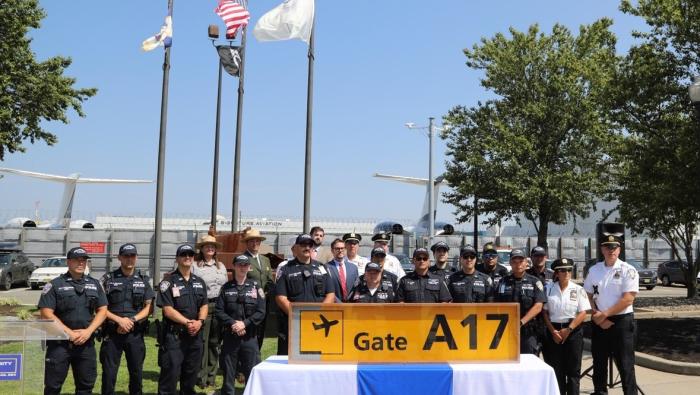
Photo of the Week9/11 remembrance. With the 24th anniversary of the 9/11 terror attacks recognized this week, an artifact from that fateful day has been donated to a museum by the Port Authority of New York and New Jersey (PANYNJ). When Terminal A at Newark Liberty International Airport was recently replaced, the agency saved the sign from Gate A17 from which United Airlines Flight 93 departed on that tragic day. Flight 93 crashed in Shanksville, Pennsylvania, after passengers discovered that their flight was hijacked and fought back. The sign will be installed in the memorial to the flight at the crash site. Thank you to PANYNJ for the photo. Keep them coming. If you’d like to submit an entry for Photo of the Week, email a high-resolution horizontal image (at least 2000 x 1200 pixels), along with your name, contact information, social media names, and info about it (including brief description, location, etc.) to photos@ainonline.com. Tail numbers can be removed upon request. Those submitting photos give AIN implied consent to publish them in its publications and social media channels. |
|
|
|
|
AINalerts News Tips/Feedback: News tips may be sent anonymously, but feedback must include name and contact info (we will withhold name on request). We reserve the right to edit correspondence for length, clarity, and grammar. Send feedback or news tips to AINalerts editor Chad Trautvetter. |
|
AINalerts is a publication of AIN Media Group, 214 Franklin Avenue, Midland Park, New Jersey. Copyright 2025. All rights reserved. Reproduction in whole or in part without permission is strictly prohibited. |




